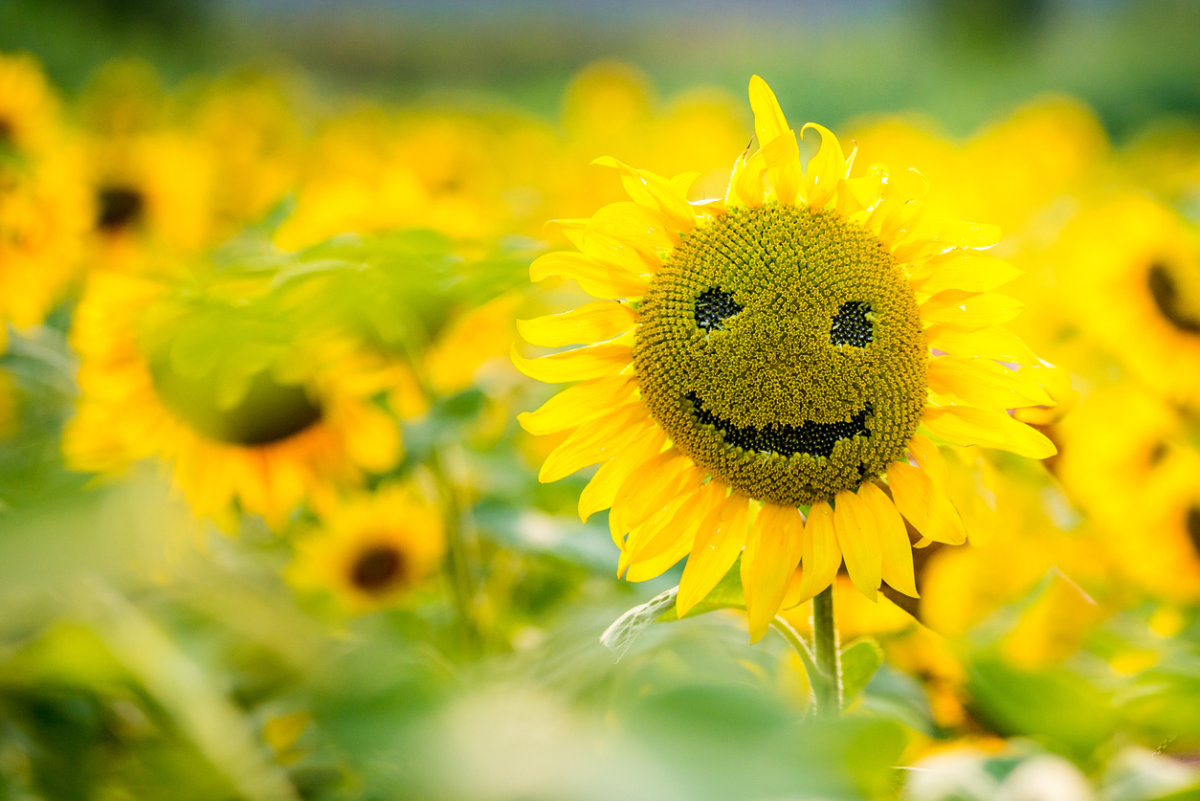
This Earth Month, try regenerative gardening to help the health of the planet, your landscape and yourself.
It’s Earth Month. Would you like to do something good for your landscape, yourself and the planet? Try regenerative gardening. Regenerative gardening and farming practices focus on putting nutrients back into the soil.
These practices build soil health. They also help build the health of the earth by absorbing carbon dioxide from the atmosphere. And they result in nutritious food that improves the health of our bodies.
What is regenerative gardening?
Regenerative gardening focuses on biodiversity. It works with nature to create a balanced habitat of plants and animals. This includes the fauna, fungi and bacteria that live in the soil as well as insects and animals.
Regenerative gardening also sequesters carbon. Plants absorb carbon dioxide and release oxygen into the air. When plants die, the organic matter creates food for microbes. These microbes respire and release carbon dioxide back to the atmosphere. The carbon that stays in the soil helps to give it its ability to retain water, its structure and its fertility.
Basics of regenerative organics
In “Pass the Pistil,” Emily Murphy outlines five basic practices of regenerative gardening.
- “Feed and protect soil.
- Foster and celebrate biodiversity.
- Increase ecosystem and community resiliency by working with nature.
- Integrate livestock (at the farm scale).
- Create safe and healthy working environments (at the farm scale).”
Read more about how regenerative gardening works at passthepistil.com.
Key steps to regenerative gardening in your landscape
Plant lots of flowers, herbs and perennials.
Flowers, herbs, perennials and vegetables help to create a healthy ecosystem. A diverse garden will have pests, such as aphids and cabbageworms. It will also attract lady beetles and parasitoid wasps that will help keep pests in check. And it will attract pollinators. Read 7 Plants for Your Regenerative Organic Garden from the Rodale Institute.
Avoid using pesticides and synthetic fertilizers.
Pesticides kill not only target pests but affect non-target insects and animals as well. And they can disrupt natural systems. Synthetic fertilizer production use large amounts of fossil fuels. Studies have shown that its use depletes soil organic matter.
Invite birds and pollinators into your landscape.
Sunflowers, black-eyed Susans, coneflowers and other summer bloomers provide nectar for bees and butterflies. Plant a variety of plants so your garden has blooms throughout the year. This will attract and feed different species of pollinators. And plants that provide seeds for birds are a good idea too. Birds play a role in keeping insect populations in check in natural systems.
Read more about attracting beneficial insects from the Garden Hotline. And here is a list of good pollinator plants for the maritime Northwest from the Xerces Society.
Use weed-free mulch from local sources.
Mulch regulates and preserves soil moisture. A mulch layer also creates habitat for beneficial insects such as spiders and ground beetles. They feed on other insects and, in turn, become prey for small mammals and birds. Mulch has many other benefits for your yard, such as suppressing weeds and feeding the soil. Read our blog post on the dos and don’ts of mulch.
Key steps in your vegetable garden
Growing food plants is itself an earth-friendly practice. It eliminates “food miles” and the carbon costs of producing and transporting food.
Disturb garden soil as little as possible.
Growing food crops in permanent beds is a good idea. Reduced foot traffic means the soil will not be compacted. Compaction restricts the movement of water, and soil disturbance of any kind affects the community of soil organisms.
Compost kitchen and garden waste.
Or bury food waste and coffee grounds in the soil. Our food wastes are nourishment for soil biota. And composting keeps organic materials out of the landfill.
Plant a cover crop in your dormant season.
“Green manure” crops are easy to grow even in small gardens or raised beds. They offer multiple benefits. Keep the soil covered by living plants as much as possible to feed soil microbes and capture soil nutrients. Cover crops also prevent erosion and reduce weeds. Flowering cover crops, such as buckwheat and clover, also attract pollinators.
Find out more about regenerative gardening and farming
Watch the films Biggest Little Farm or Kiss the Ground.
Read The Regenerative Garden or books about regenerative agriculture.
Thank you to Home Garden Seed Association for much of the content in this post.

Thanks for reposting our blog post!